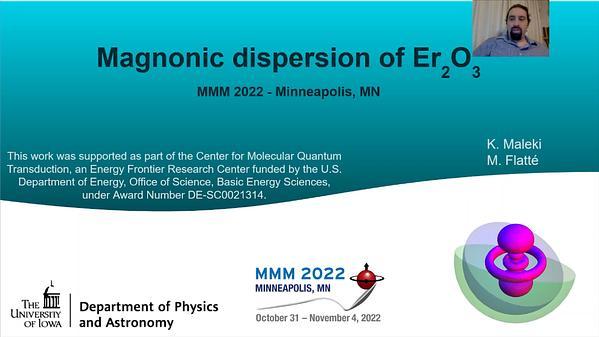
Premium content
Access to this content requires a subscription. You must be a premium user to view this content.

technical paper
Preparation and magnetic properties of Co2 based Heusler alloy glass
Co2-based full-Heusler compounds are among the most promising materials due to their exotic transport properties, high thermal stability, high Curie temperatures (Tc ≈ 1100 K) for the bulk sample, high magnetic moment (~ 6 µB/f.u.), low Gilbert damping constant (α = 0.004) and large anomalous Hall effect linked with their band structure 1-3.
The Taylor-Ulitovsky technique, known since 60-s and allows fast (up to a few hundred meters per minute) preparation quite long (up to few kilometers) and thin (typically 0.5 to 40 µm in diameter) metallic wires coated by flexible and insulating glass coating 4. In addition, the existence of thin, flexible, insulating, and highly transparent glass coating, enhanced mechanical properties and fast and inexpensive fabrication method, glass coating can be useful for biomedical applications due to its biocompatibility 5.
We report on preparation and magnetic properties of Co2FeSi Heusler alloy glass-covered microwires with a metallic nucleus diameter of about 4,4 µm and total sample diameter of about 17,6 μm. From the X-ray diffraction, XRD, analysis of the as-prepared Co2FeSi, it was shown that the structure consists of a mixture of nanocrystalline and amorphous phases. An increase in the average grain size, Dg, from 17.8 to 31.6 nm and content of nanocrystalline phase, C from 52 % to 97 % upon annealing at 873 K (1 h) is obtained from XRD analysis. Estimated from temperature dependence of magnetic moment Tc is between 1040 K and 1059 K.
As illustrated in Fig. 1, the Co2-based Heusler glass-coated microwires present strong dependence of the magnetization and the structural properties on the annealing conditions. For annealing temperatures between 873 K and 973 K magnetic phase transition has been observed, as evidenced by sharp drop of the magnetic moment when we applied 50 Oe and 200 Oe external magnetic fields during FC and FH and change in hysteresis loops (see Fig.1).

